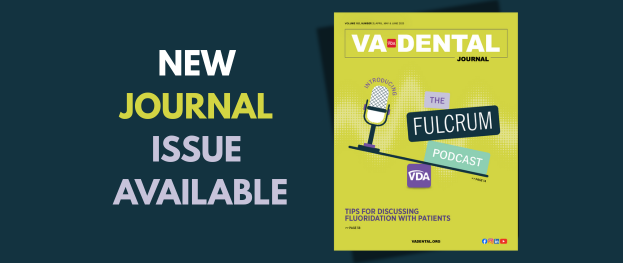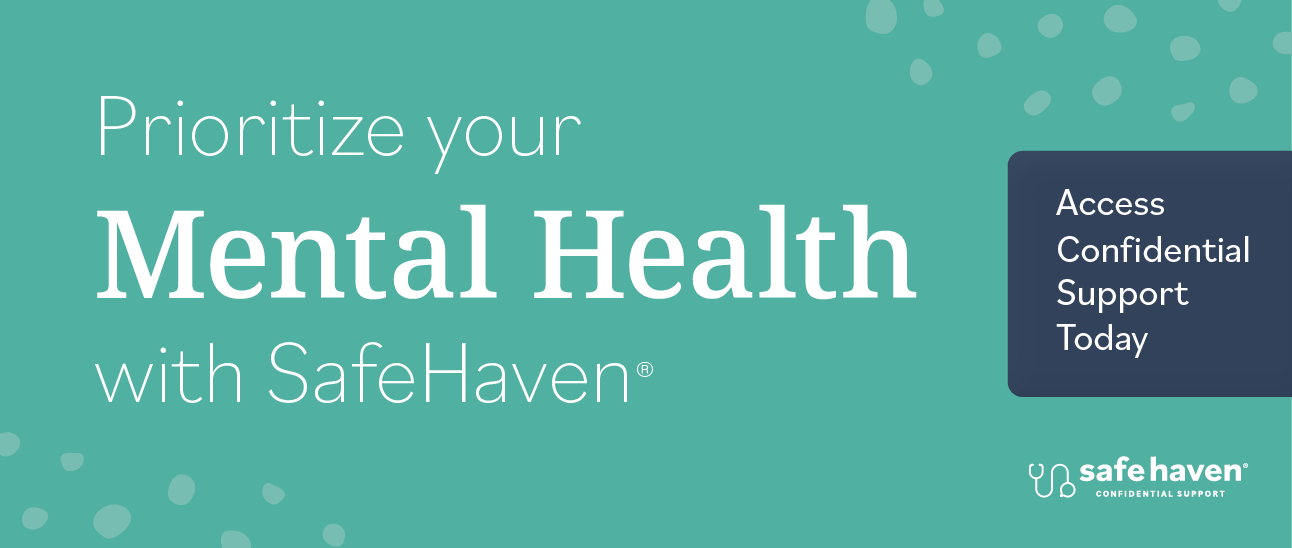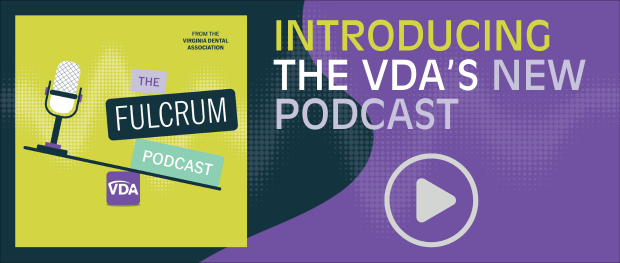Summary of New Families First Coronavirus Response Act
President Trump and Congress passed the new Families First Coronavirus Response Act/ Emergency Paid Sick Leave Act/Emergency Family and Medical Leave Expansion Act on March 18, 2020. The new law takes effect on April 2, 2020, and it will sunset on Dec. 31, 2020.
I. Emergency FMLA Paid Leave
● The new law provides that private employers with fewer than 500 employees must provide up to 12 weeks of job-protected FMLA leave for “a qualifying need related to a public health emergency” to employees who have been on the payroll for 30 calendar days or more.
● This “qualifying need” is limited to circumstances where an employee is unable to work (or telework) due to a need to care for a minor child if the child’s school or place of child care has been closed or is unavailable due to a public health emergency. If this condition is not met then the employee would not qualify for this emergency FMLA leave.
How is an Employee on Qualifying Leave Paid
● If the employee qualifies, the first 10 days of emergency FMLA leave can be unpaid. The employee can opt to substitute accrued vacation, personal, or sick leave for those 10 days to be paid, but an employer may not require an employee to substitute vacation, etc. for such days.
● Otherwise, the rest of the 12 weeks of emergency FMLA leave must be paid, at not less than two-thirds of the employee’s regular rate, for the number of hours per day the employee normally would be scheduled to work.
● If the employee’s schedule is variable then the pay is based on the average hours the employee was scheduled to work per day over the 6-month period preceding the emergency leave. The new law limits the amount of required pay for emergency FMLA paid leave to no more than (I) $200 per day and (II) $10,000 in the aggregate.
Job Protection for Employees on FMLA Leave
● Although the emergency FMLA leave is generally job-protected, the new law does allow employers with less than 25 employees not to rehire the employees, if the employee's position is eliminated due to economic conditions or other changes that affect the employer's operations that result from the public health emergency, and the employer makes reasonable efforts during the ‘contact period’ to restore the employee to an equivalent position (benefits, pay etc.) if available, and if not available then the employer makes reasonable efforts during the ’contact period’ to contact the employee if an equivalent position does becomes available. The ‘contact period’ is 1 year from the earlier of: (i) when the “qualifying need” due to the public health emergency ends, or (ii) the end of the 12-week emergency FMLA leave period.
II. Emergency Paid Sick Leave
● In addition, the new law mandates that employers with fewer than 500 employees provide paid sick time leave to any employee (even less-than-30 day employees) unable to work or telework because:
(1) the employee is subject to a quarantine or isolation order related to COVID-19;
(2) the employee has been advised by a health care provider to self-quarantine because of COVID-19;
(3) the employee is experiencing symptoms of COVID-19 and is seeking a medical diagnosis;
(4) the employee is caring for an individual subject or advised to quarantine or isolation;
(5) the employee is caring for a son or daughter whose school or place of care is closed, or child care provider is unavailable, due to COVID-19 precautions; or
(6) the employee is experiencing conditions specified by the Secretary of Health and Human Services.
What to Pay an Employee on Paid Sick Leave
● (A) Where leave is taken for reasons (1), (2), and (3) noted above (generally, an employee’s own illness or quarantine), the sick time leave payment is calculated based on the greater of:
(i) the employee's regular rate of pay, or
(ii) the highest applicable federal, state or local minimum wage and the number of hours the employee would otherwise be scheduled to work.
● (B) Where leave is taken for reasons (4), (5), or (6) (care for others or school closures), the sick time leave payment is calculated based on two-thirds of the rate determined under (A).
● The new law caps an employer’s requirement of paid leave to:
● $511 per day ($5,110 in the aggregate) where leave is taken for reasons (1), (2), and (3) noted in (A) above (generally, an employee’s own illness or quarantine); and
● $200 per day ($2,000 in the aggregate) where leave is taken for reasons (4), (5), or (6) noted in (B) above (care for others or school closures).
How Long is the Paid Sick Leave
● Full-time employees are entitled to 80 hours of paid sick time leave.
● Part-time employees are entitled to an amount of time equal to the average hours they work over a two-week period.
● Paid sick time ceases beginning with the employee’s next scheduled workshift immediately following the termination of the need for paid sick time.
● The employer may not require the qualifying employee to find a replacement employee to cover the hours of the qualifying employee using sick time, nor may the qualifying employee be required to use other paid leave (vacation, etc.) before using such emergency paid sick leave.
III. Excluding Health Care Provider and Emergency Responder Employees
● Sections 3105 and 5102 of the new law provides that an employer of an employee who is a health care provider or an emergency responder may elect to exclude such employee from the application of the emergency FMLA paid leave and emergency paid sick leave provisions. Regulations under the existing FMLA, 29 CFR § 825.125(a), define a health care provider as:
(1) A doctor of medicine or osteopathy who is authorized to practice medicine or surgery (as appropriate) by the State in which the doctor practices; or
(2) Any other person determined by the Secretary to be ‘capable of providing health care services’.
The regulation defines others ‘capable of providing health care services’ to include only:
(1) Podiatrists, dentists, clinical psychologists, optometrists, and chiropractors (limited to treatment consisting of manual manipulation of the spine to correct a subluxation as demonstrated by X-ray to exist) authorized to practice in the State and performing within the scope of their practice as defined under State law;
(2) Nurse practitioners, nurse-midwives, clinical social workers and physician assistants who are authorized to practice under State law and who are performing within the scope of their practice as defined under State law;
(3) Any health care provider from whom an employer or the employer's group health plan's benefits manager will accept certification of the existence of a serious health condition to substantiate a claim for benefits; and
(4) A health care provider listed above who practices in a country other than the United States, who is authorized to practice in accordance with the law of that country, and who is performing within the scope of his or her practice as defined under such law.
● Therefore, medical and dentist employers appear to be exempt from providing emergency MFLA paid leave and sick leave to their doctor, dentist, nurse, hygienist and other licensed medical provider employees, but would appear subject to the emergency FMLA paid leave and emergency paid sick leave provisions with respect to non-licensed employees such as assistants and administrative staff.
IV. Posting Notice of New Law
● The Department of Labor is to produce a notice (apparently by March 24) advising of the new law, and employers shall post the notice in a conspicuous place for employees. The new law also allows the Secretary of Labor to exempt small businesses with fewer than 50 employees from the emergency FMLA leave and paid sick leave requirement, but no such action has yet been taken.
V. Tax Credits for Employers
● The new law does stipulate that refundable tax credits against employment taxes under IRC 3111(a) or 3221(a) are available to employers required to provide paid emergency FMLA and sick leave.
How Much is the Credit
● The credit is in an amount equal to 100% of the qualified emergency FMLA leave and sick leave wages paid by such employer with respect to such calendar quarter. However, because the wages are also deductible, an employer using such credit must include in its gross income the amount of such credit taken for any calendar quarter. The employer may elect whether to take the credits each quarter.
Exemption from Social Security Taxes
● Note that Section 7005(a) of the new law also provides wages required to be paid by reason of the Emergency Paid Sick Leave Act and the Emergency Family and Medical Leave Expansion Act are not ‘wages’ subject to social security withholding taxes under IRC Section 3111(a).
Limitation on Employer Ability to Claim Credits
● The credits are only available to employers required to provide those benefits under the new law, and do not apply to employers that are not required to provide such benefits.
● Because employers of health care providers and emergency responder employees may elect to exclude such employees from the emergency FMLA paid leave and emergency paid sick leave provisions, it is not clear that such employers will qualify for the tax credits.







